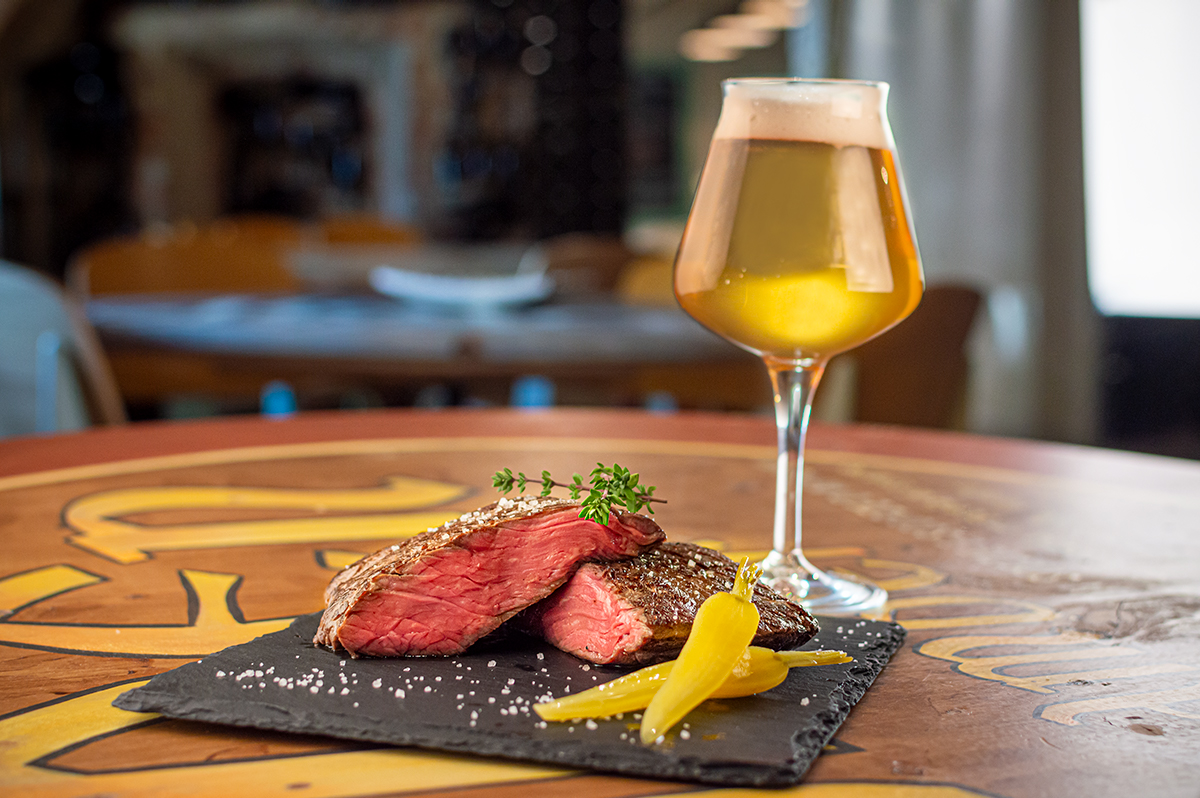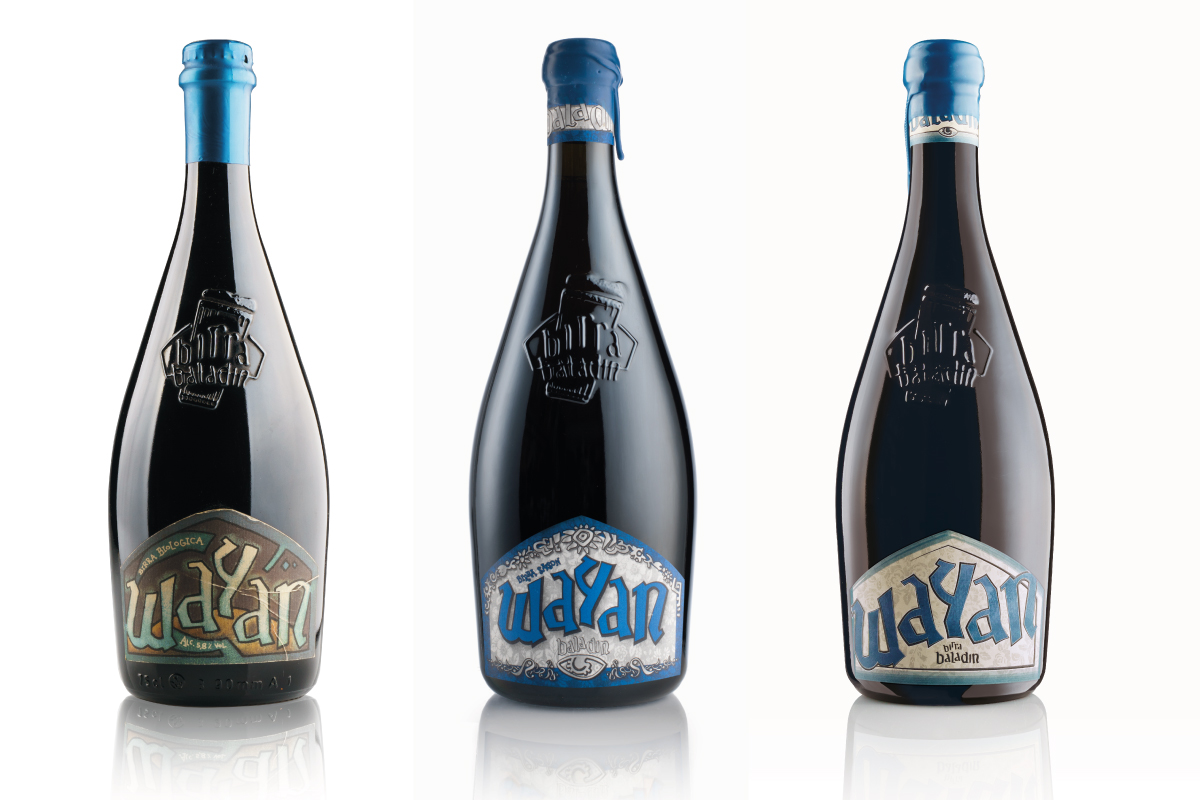Food and beer pairings: focus on Saisons

A complex personality with many different sides and interests may not be easy to understand and can sometimes be puzzling, but it certainly has more chances of successfully interacting in heterogeneous social and cultural environments than someone who is more linear and straightforward, yet monotonous.
Similarly, in the fun world of food and beer pairings, a beer with a nice kaleidoscope of aromas and tastes can be a passepartout to open many doors of perception. It can go well with the full menu, without the need for an endless range of different beers to meet the tastes of all guests.
Belgian beers enjoy a great reputation in the world of gastronomy precisely for their versatility, which comes from their rich aromatic profile. A malty character - which can range from white bread to dried fruit - is often accompanied by herbaceous or peppery notes that come from the hops, a lively carbonation, a good alcoholic content and a wide range of scents and tastes released by the fermentation process. A signature feature of Belgian beers are its esters (reminiscent of ripe fruit) and phenols, which, instead, create notes of spices such as aniseed, coriander and peppers of different colors.
The family of Saison beers
In particular, the family of Saison beers - a beer style that originated in the countryside of Hainaut in Wallonia - is renowned for its great variability, which drives beer taxonomists crazy and boycotts their classifications with amazing aromas and fragrances. At the same time, these beers are a blessing for those who appreciate their extreme versatility at the table.
The historical reason is easy to explain: Saisons were brewed in winter, during the break from field work, and were consumed on the same fields during the hot summer months. Each farm hat its own recipe, with different mixes of malts, hops and sometimes spices which could change from one year to the next.
Even today that professional brewers have replaced farmers/part-time-brewers, Saisons only share a limited number of core features: the use of yeasts that ferment at very high temperatures, thus releasing peppery and fruity notes (such as white-flesh fruit and citrus zest); a high carbonation; and a significant dryness caused by the virtual absence of any residual sugar.
The choice of malts, instead, can vary among brewers. This produces different colors, from straw to amber yellow. The mix of hops (Saisons made with American and Oceanic hops are currently very popular, with their tropical scents), the use of other grains that are not barley malt, and the addition of spices can also vary greatly.
Food and beer pairings: what about Saisons?
In order to find the best pairing, we need to know exactly what Saison we are drinking. Classic, light-colored, dry Saisons without added spices, but with the citrusy and peppery notes released by the fermentation process go amazingly well with many Asian dishes.
A prawn or vegetarian Pad Thai is ideal with its earthy notes of vegetables and spices, such as lemongrass, ginger and fresh coriander. The nice carbonation and acidic touch of the beer, instead, counterbalance the sweetness of the prawns, the umami of the soy sauce and the richness of the coconut milk.
Vietnamese summer rolls, which have a similar balance of tastes, are also a good partner. We also recommend the pairing with sushi and sashimi accompanied by marinated ginger, which creates a nice taste connection.
Saisons with more rustic and earthy notes have the necessary muscles to face rich flowery-rind cheese such as Brie and Camembert. The carbonation, alcohol content and acidic touch compensate the fattiness, while scents of noble molds and funky notes can be found in both the cheese and the beer. These Saisons are also good with fresh pasta, risotto or lasagne with mushroom sauces.
Maltier Saisons with a deep yellow or amber color and greater structure can be paired with roast chicken, duck or even pork, providing that the meat is cooked with aromatic herbs such as thyme, sage, garlic and rosemary, or with a beef steak served with chimichurri, the typical Argentinian sauce made with parsley, oregano, garlic and vinegar.




